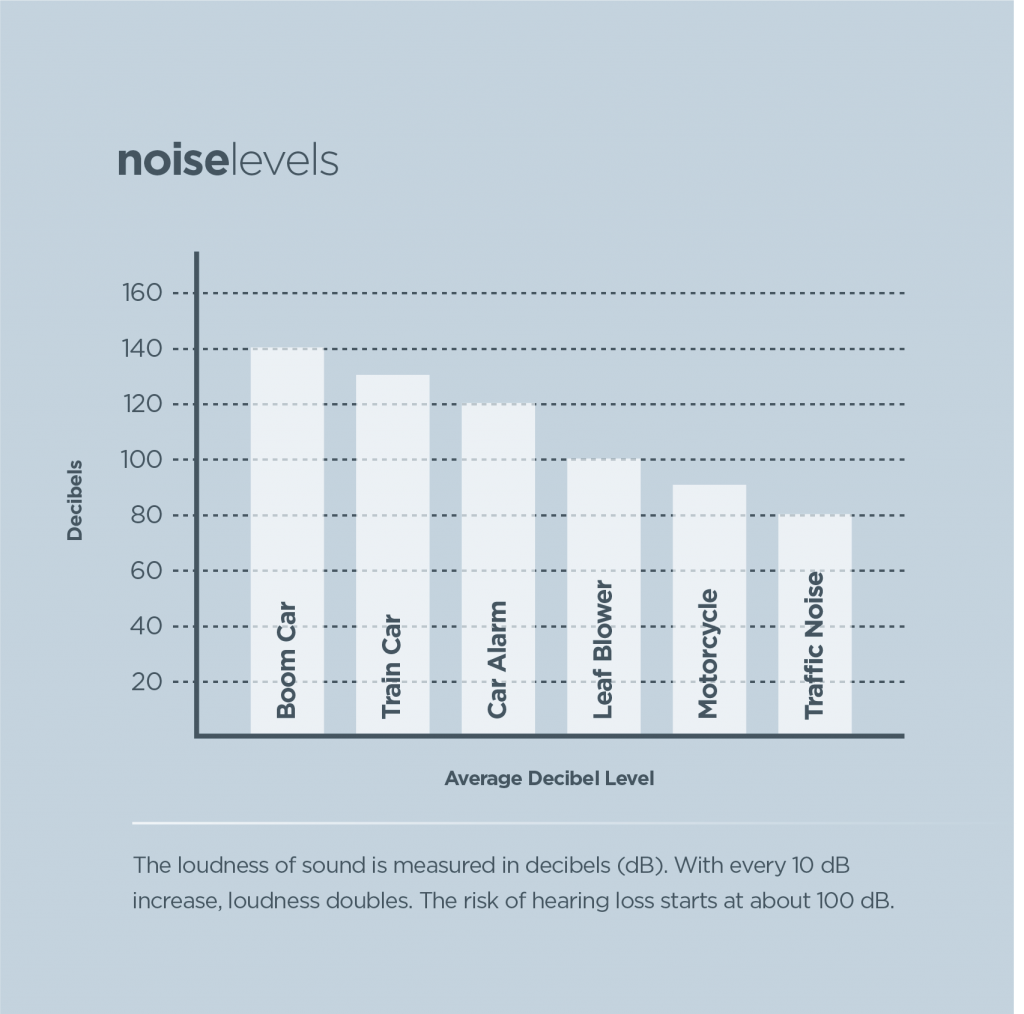The Most Effective Stress Washing Practices For Every Surface Classification
The Most Effective Stress Washing Practices For Every Surface Classification
Blog Article
Post By-Sahl Vincent
When it comes to press washing, the method you choose can make all the difference in accomplishing a tidy, streak-free finish. You may discover that hard surfaces, like concrete, call for a different approach than softer products, such as wood or plastic. It's vital to adapt your approaches to the surface type to prevent damage while maximizing cleansing efficiency. So, what are the very best techniques for every surface area, and just how can you guarantee you're making use of the ideal setups and devices for the task? Allow's discover what you need to recognize to obtain the best outcomes.
Difficult Surfaces
When it involves push cleaning difficult surfaces, prep work is vital. Prior to you even think of pulling out the stress washing machine, take the time to get rid of the area of any debris, furnishings, or obstacles. You don't want anything getting in your method or possibly destructive your equipment.
Next, check the surface for any kind of cracks or damages; this will assist you establish the right technique and pressure settings.
As soon as gutter guard summerville sc have actually prepared the location, it's important to pick the ideal nozzle. For hard surface areas like concrete or brick, a slim nozzle (15 or 25 degrees) works best to give a focused stream of water that can properly eliminate grime and discolorations. Constantly begin at a distance and slowly relocate more detailed to avoid any kind of surface damage.
As you start cleaning, maintain the wand moving to avoid touches and over-saturation. It's likewise handy to function from the top down, enabling dirt and debris to wash away naturally.
Finally, keep in mind to rinse the surface area extensively after cleaning to remove any type of leftover cleaning agent. With these methods, you'll attain a clean and rejuvenated look on all your difficult surface areas.
Soft Surfaces
Stress cleaning soft surface areas needs a gentler technique to safeguard them from damage. Whether you're cleansing your deck, outdoor patio furnishings, or home siding, using too much stress can lead to damages, scrapes, or even permanent injury.
Begin by choosing a low-pressure nozzle, preferably a 25-degree or wider spray pattern, to disperse the water more gently.
Before you begin, it's important to pre-treat any discolorations with an ideal cleansing service. This step permits the cleaner to penetrate the dust and grime, making it simpler to get rid of without scrubbing too hard.
Constantly use visit here from all-time low as much as stop streaking.
When you begin stress cleaning, maintain a distance of at the very least 12 to 18 inches from the surface. Relocate your stick in a sweeping movement, keeping it alongside the surface to stay clear of focused pressure on one spot.
Wash the location extensively after cleansing to get rid of any recurring cleaner.
Last but not least, examine the surface for any type of missed out on areas and duplicate the process if required. By complying with these steps, you can properly clean soft surfaces while maintaining their integrity and appearance.
Specialized Surfaces
Cleaning soft surfaces calls for care, however specialized surface areas require a lot more attention to detail. When you take on these surface areas, like delicate wood, discolored concrete, or certain sorts of siding, using the appropriate pressure washing techniques is crucial to avoid damages.
First, assess the material. For instance, treated timber can typically withstand moderate pressure, yet softer woods like cedar might need a reduced setting. Constantly begin with the lowest stress and gradually increase if essential.
For stained concrete, utilize a follower spray nozzle and maintain a constant range to stop etching the surface.
When managing surfaces like vinyl home siding or repainted surfaces, a vast spray pattern helps disperse the stress evenly, shielding the finish.
It's likewise a good idea to use detergents especially created for specialized surface areas. They can enhance cleansing without compromising the product.
Wash completely after cleaning to eliminate any deposit, as it can bring about discoloration or deterioration gradually.
Final thought
Finally, grasping pressure washing strategies for different surfaces can make all the difference in your cleaning outcomes. For hard surface areas, stick to narrow nozzles and a top-to-bottom approach, while soft surfaces require a gentler touch with larger nozzles. Don't neglect to pre-treat spots and wash completely to stay clear of deposit. By adapting your techniques to every material, you'll not just achieve a cleaner finish but additionally protect the honesty of your surface areas. Pleased cleansing!
